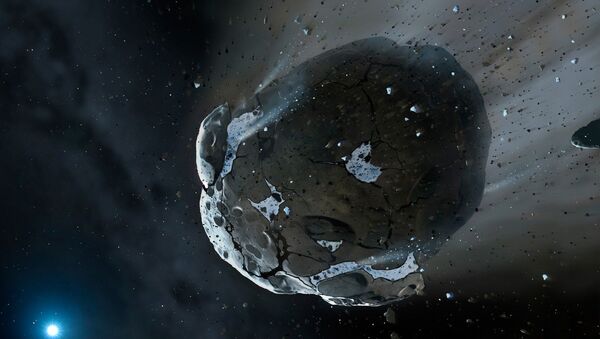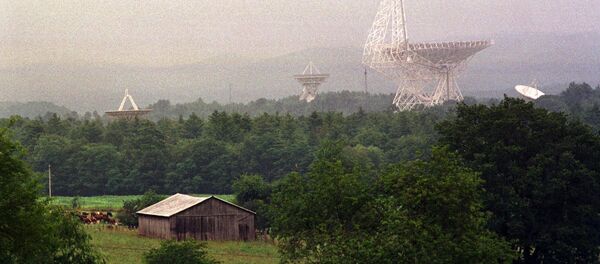On Halloween 2015, astronomy enthusiasts could not have been happier: an asteroid that from a certain angle resembled a human skull was hurtling past Earth, its macabre appearance perfectly timed with the holiday.
A skull-shaped asteroid will approach Earth again in 2018 https://t.co/004LqXb3Pb pic.twitter.com/ZUhpQhKSaY
— Space Newz (@Space__Newz) 20 декабря 2017 г.
"Although this approach shall not be so favourable [as in 2015], we will be able to obtain new data which could help improve our knowledge of this mass and other similar masses that come close to our planet," Santos-Sanz said.
The asteroid is very dark, reflecting only about 5 to 6 percent of sunlight, making it only slightly more reflective than charcoal.
"It is currently 3.7 astronomical units away from Earth; that is, 3.7 times the average distance from the Earth to the sun," Santos-Sanz points out. "It has a magnitude of 26.5, which means it is only visible from Earth using very large telescopes or space telescopes."
The asteroid measures between 625 and 700 meters, its shape is a slightly flattened ellipsoid and its rotation axis was roughly perpendicular to the Earth at the time of its closest proximity, he explained, according to Phys.org.
Some researchers think the asteroid might be an exhausted comet that has lost all of its volatile components over time. While asteroids and comets are usually discerned by their composition and type of orbit around the sun, sometimes it is not easy to tell them apart, Phys.org reports.
Fear fans fret not: the skull-shaped asteroid is going to repeat its theme appearance on Halloween again — but not before 2088, says Thomas G. Müller, researcher from the Max Planck Institute for Extraterrestrial Physics, Germany. Those lucky enough to live to see the day will be able to observe the asteroid from a distance of roughly 20 lunar distances.


